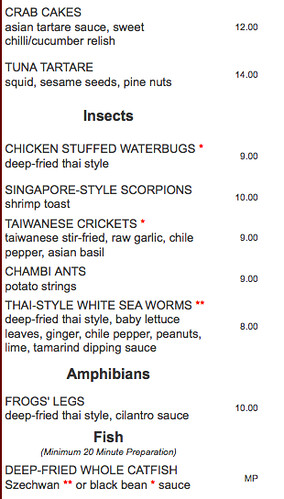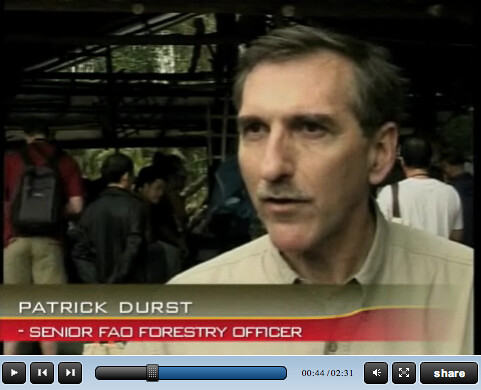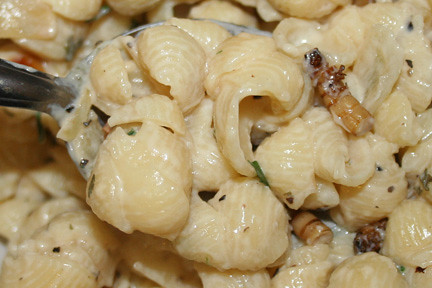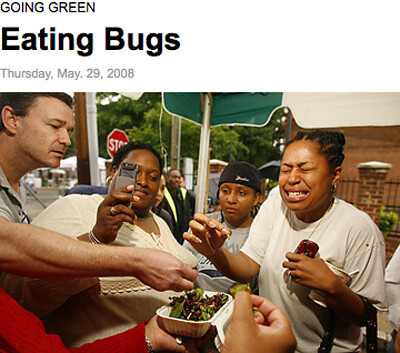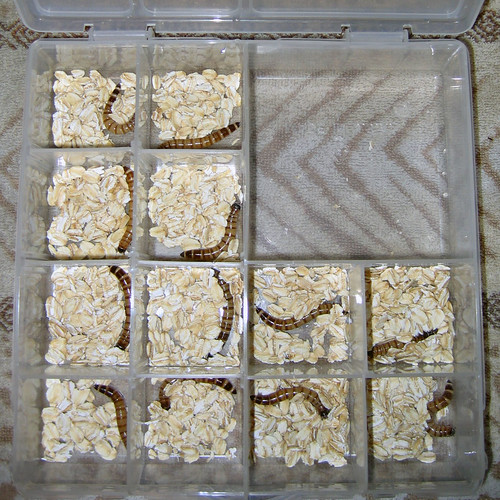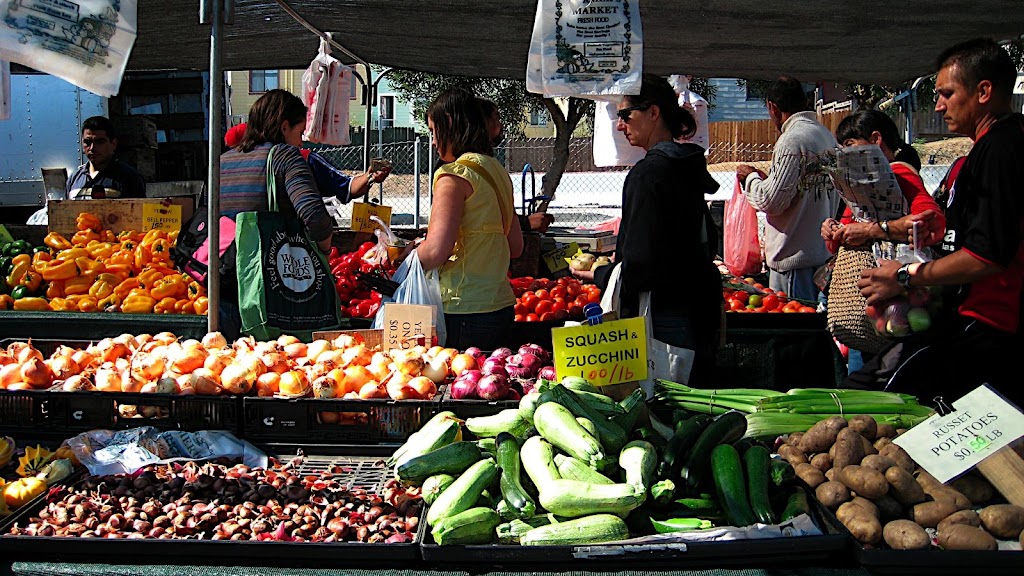
A group of us from class went to the
Alemany Farmers' Market in the Bernal Heights neighborhood last weekend. I can't get enough of
farmers' markets! It's fun and satisfying to browse for fresh, cheap produce sold directly from local farmers. It must be the hunter-gatherer in us, except way more convenient and modern.
It's especially great if you make it into a group excursion. I had no idea the people I was with was so passionate about food. The conversations surrounding food were great, everyone had their own special something to add, and I learned so much about food just from that trip alone. I also picked up a few new things. I bought produce that I haven't normally bought or incorporated into my food, such as pumpkin and okra.
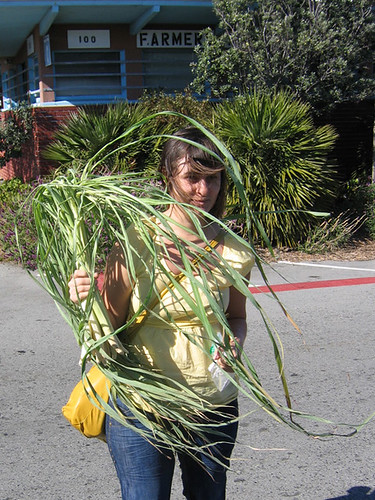
Here's
Niki posing with a gargantuan bundle of lemongrass that she got only for $1! Below is a picture courtesy of the lemongrass queen.
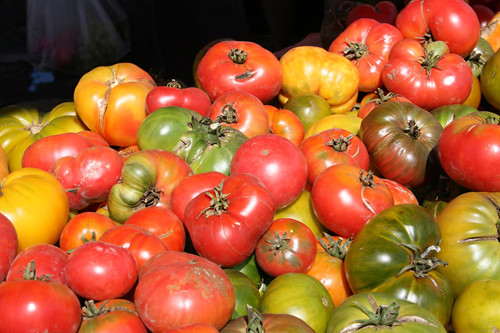 How It's Made:
How It's Made: Below, is an example of my usual improv cooking, introducing the pumpkin. This time, I made a coconut rice with pumpkin dish. Most of the ingredients I already had in the house. I cooked the rice, coconut milk, onions, shallots, curry powder, cumin, parsley, salt, pepper, and water in a big pot. While that was going, I baked a bulb of garlic and the cubed pumpkin with a drizzle of olive oil, salt, and pepper. After it was done baking, I added it to the pot with the rest of the ingredients. In addition to the rice dish, I also made some insect flour out of superworms with pepper flakes, salt, and pepper on the side as an added nutritional option.
 The Verdict:
The Verdict: I've never made this dish before, nor really cooked rice in a pot, but I thought this came out pretty nicely (kind of
risotto-y). The rice was nice and creamy, and the insect flour was spicy and full of roasted flavor and aroma. My roommate initially had some reservations about having insects in her food, but she was curious and would give it a try...and she loved it! She gives this dish her seal of approval.
The first and following pictures are courtesy of Caroline. 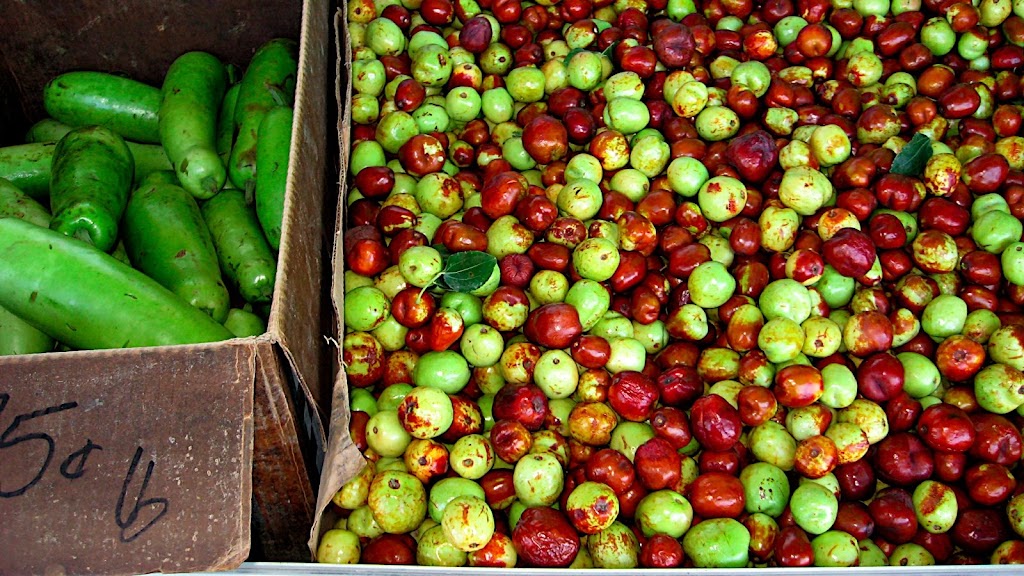
The atmosphere and treasures you may find at a farmers' markets can inspire you to be creative in your cooking. It has opened me to think of new possibilities in my cooking, and made me try things I wouldn't normally do.
The sense of community is alive at these farmers' markets, which you don't normally feel from a grocery store. They are there every week providing people local goods that is extremely affordable, fresh, and sustainable. The vendors and customers are also all very knowledgeable, helpful, and friendly.

If you haven't gone to a farmers market, I suggest you go at least once and with some friends. Hop on a bike, bus, carpool, or what have you, and make a morning or afternoon of it. Food is connected to community and conversation, so I suggest you cook one up.
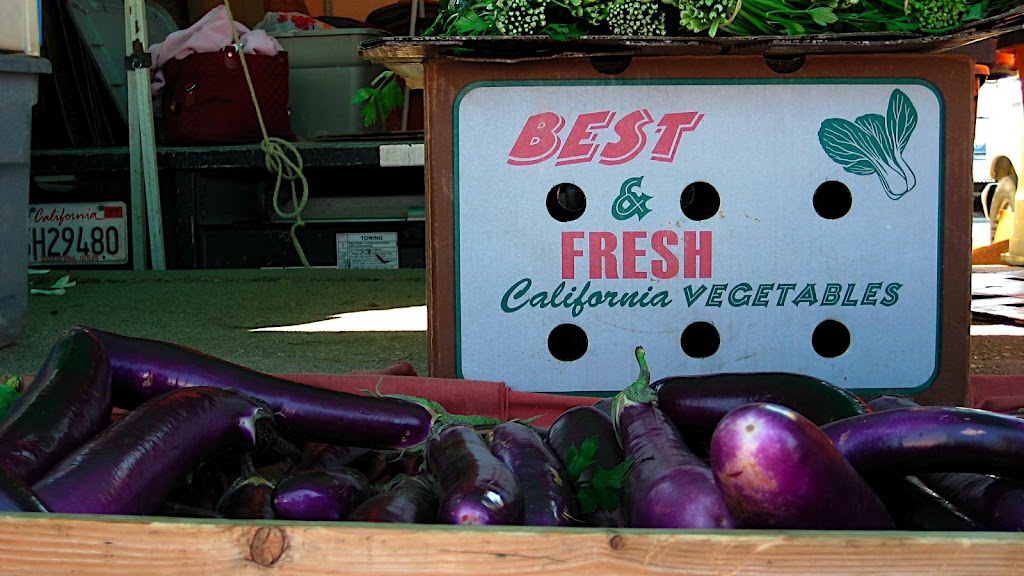
Find a local farmers' market near you:
(N. California)
Pacific Coast Farmers' Market Association(Nationwide)
United States Department of Agriculture (USDA)


